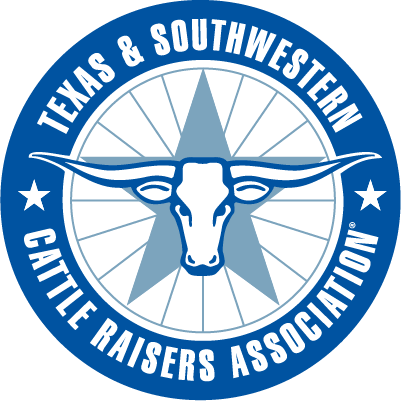Derrell S. Peel, Oklahoma State University Extension Livestock Marketing Specialist
The average price of 500-pound steers in Oklahoma auctions in July was $283.68/cwt., up 48 percent over the price of $191.48/cwt. one year ago. This represents an increase in value of $461/head from $957/head to $1418/head over the same time last year. Higher calf prices are the market result of continually smaller cow herds and declining feeder cattle supplies.
The July Cattle report showed that cattle inventories are continuing to decrease in 2023. The total inventory of cattle and calves was 95.9 million head, down 6.7 percent from the recent cyclical peak in 2018, and just fractionally above the 2014 low. The July 1 beef cow herd was 29.4 million head, down 9.3 percent from the 2018 peak, and is 1.2 percent lower than the 2014 low. The 2023 July beef cow herd is the lowest in the entire data series for this report dating back to 1973. Estimated supplies of feeder cattle from this report are 34.4 million head, down 3.6 percent year over year. The 2023 calf crop is projected at 33.8 million head, down 1.9 percent year over year and down 2.5 million head from the 2018 peak. Feeder supplies will continue to shrink into 2024 at least.
Rapidly rising calf prices in 2023 have not yet provoked any heifer retention and herd rebuilding. The beef replacement heifer inventory was 4.05 million head, down 2.4 percent from last year and is the lowest ever in the July Cattle report. Not only are replacement heifer inventories low, but the supply of other heifers that could be used for breeding is also low. It is typical for some heifers not included in reported replacement heifer inventories to get bred and enter the cow herd. These heifers come out of the ‘other heifer’ category in inventory reports. The other heifer inventory includes heifers already in feedlots as well as heifers that are part of the estimated feeder supply. The July Cattle report showed an inventory of other heifers at 7.3 million head, down 5.2 percent year over year. The July 2023 inventory of other heifers is 600 thousand head more than the lowest recent other heifer inventory in July of 6.7 million head in 2015. However, the July Cattle on Feed report pegged the number of heifers in feedlots at 4.47 million head, unchanged from last year and 1.14 million head more than the recent 2015 low in heifers on feed. This means that the residual supply of other heifers not already in feedlots (other heifers minus heifers on feed) is estimated at 2.8 million head, the lowest in available data back to 1996.
Although the current price of 500-pound steers is just 8 percent below the record Oklahoma price of $308.69/cwt in December 2014, higher prices are ahead. The previous record high calf prices occurred after heifer retention was well underway and feeder cattle supplies were squeezed to their tightest levels. This process may begin in late 2023 but the tightest feeder supplies will not occur until 2024 at the earliest or possibly into 2025. With the pipeline of beef replacement heifers and residual other heifers extremely low, heifer retention will likely begin mostly with heifer calves. The inventory of calves under 500 pounds on July 1 was 26.3 million head, down 2.6 percent year over year. Assuming that producer interest in heifer retention kicks in, the process is likely to be slow simply because of the limited supply of heifers for the foreseeable future. With apologies to Shakespeare… “My kingdom for a heifer.”
